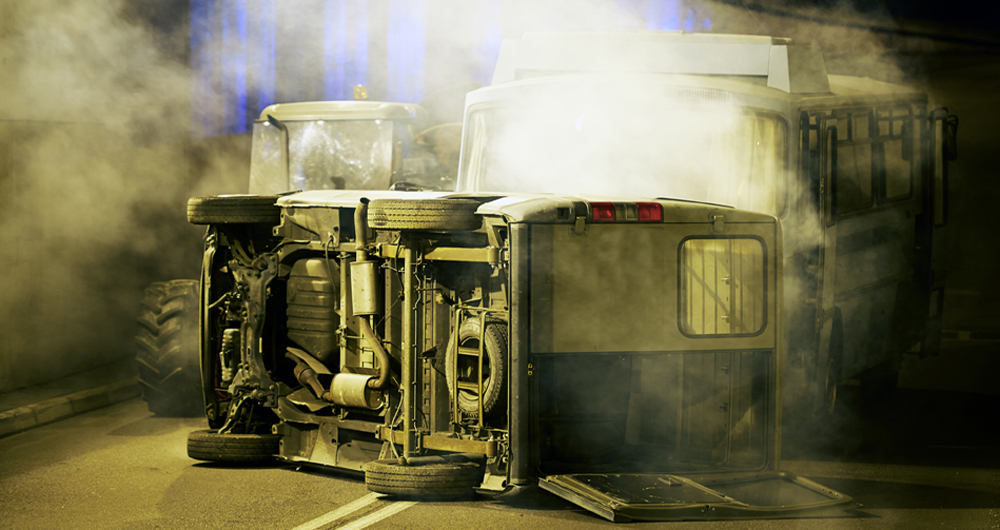An Unenviable Driving Situation |

Usually there is a sharp line between personal driving situations and those that qualify as commercial activities. A given vehicle use should be accompanied by the proper type and level of protection. Vehicle accidents are often traumatic, especially if they involve serious injury or, even, death.
After an accident occurs, some calm should be introduced along the lines of having confidence in how insurance can assist with handling the financial consequences. Unfortunately, stumbling blocks can appear. In fact, it is often a loss that reveals problems which should never have existed. The ownership, operation and coverage should align so that, when needed, protection applies quickly and fully.
Click here. It takes you to a case where the vehicle's use created confusion over who and how a serious loss was covered. The court had its say over the insurer's reasoning for denying protection.
|
| |
Personally, We Cover These Cars |

Covered autos are identified in any primary vehicle policy. Identification involves including vehicle descriptions on the policy declaration pages, on a separate endorsement and according to policy wording that extends coverage to other categories vehicles.
The loss litigated in the court case we referenced in this newsletter was done so under a personal automobile insurance policy. Protection applies to vehicles that are owned by the policyholder. Coverage may be extended to vehicles that are not owned as well. Non owned situations occur if certain conditions are met, such as for cars that are borrowed or which are substitutes. The substitutions must be temporary due to, typically, an owned vehicle being unavailable because it has been damaged, destroyed or stolen.
Click here to see a discussion of covered automobiles from Gordis on Insurance found in Advantage Plus.
|
| |
That's Not The Commercial Approach |

Protected vehicles are the main concern of commercial automobile policies as well. Rather than depend upon policy wording distributed among different areas of a personal auto policy, commercial (or business auto) policies use a more organized approach.
Vehicles that qualify for commercial insurance protection are indicated by selecting one or more automobile symbols. Each symbol is a description of, essentially, distinct vehicle categories which differ according to ownership status or vehicle type.
Click here to see a discussion of automobile symbols which are used to determine vehicles protected un a commercial auto policy. The excerpt is from ISO's Business Auto Coverage Form Analysis under PF&M found in Advantage Plus.
|
| |
Seeking Operational Information Is Rewarding |

It's always important to understand the details of a given operation. Without such information, it makes it problematic to arrange a sufficient insurance program. This results in poor service to the insured and to the general public when no protection is available to respond to a loss that could have been handled by insurance. It can also cause a serious issue to an agent who could lose a customer and even face litigation due to oversight or error.
The issue in the court case referenced is serious. No coverage was available, essentially, due to a regular feature of how the business was run not being identified and addressed. Insurance professionals routinely prove their value by displaying expertise in risk identification and exposure management.
Click here to see an excerpt from the Automobile section of the Road Pavers Questionnaire in the Commercial Risk Survey found in Advantage Plus.
|
| |
|
|
|